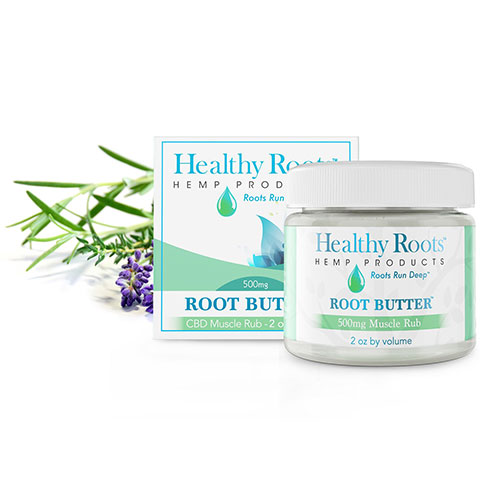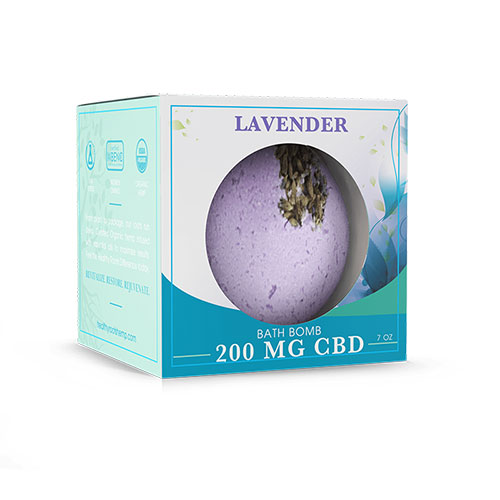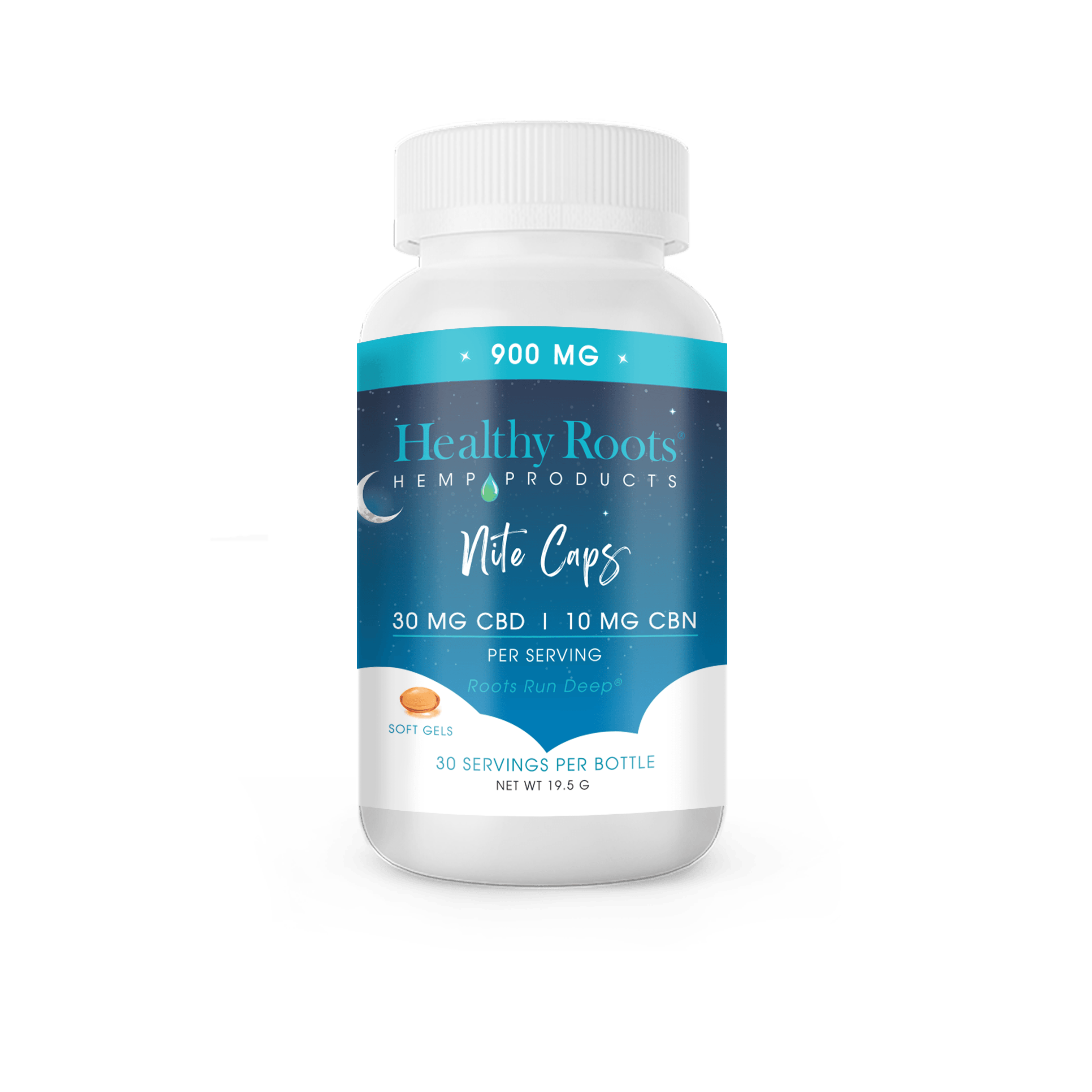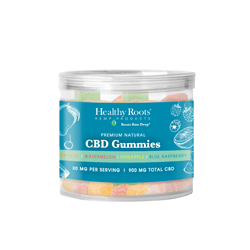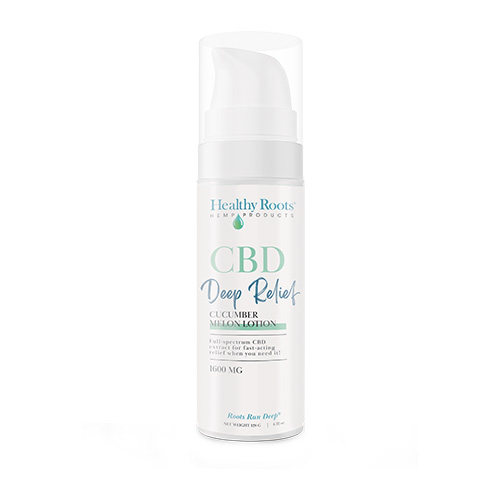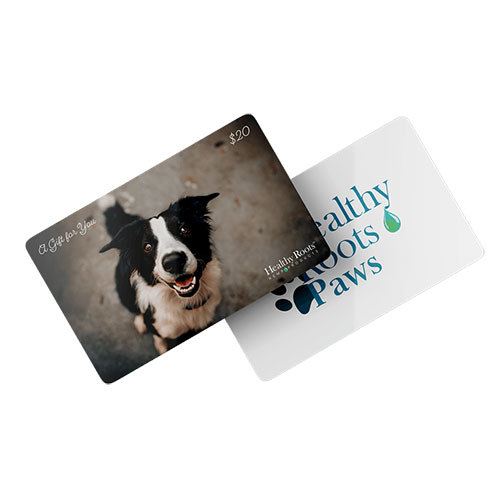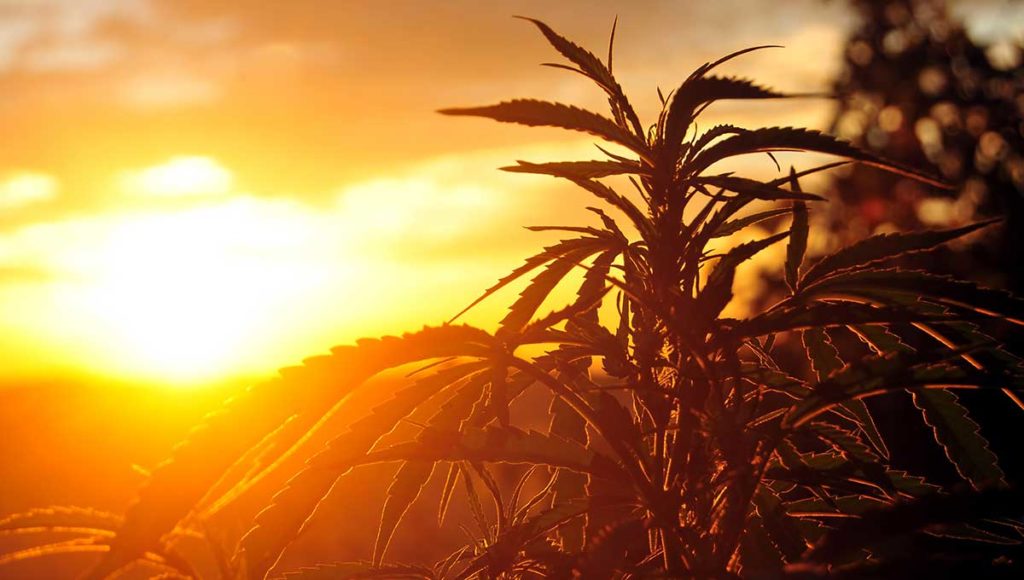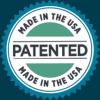What is Hemp & How Long Have We Used Its Massive Benefits?
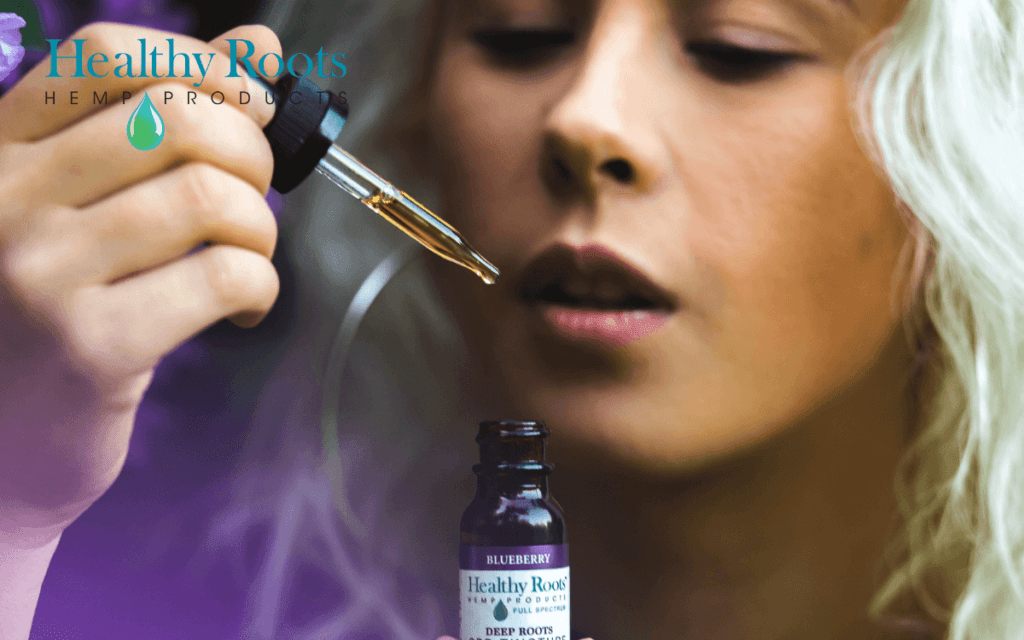
The Story of The Hemp Plant – From thousands of years ago until Today
Hemp has a long history dating back thousands of years.
Hemp is believed to have originated in Central Asia and is one of the oldest plants cultivated by humans.
Table of Contents
What is Hemp?
Hemp is a fast-growing plant that can be grown in various climates and soil types.
It is a highly durable, strong, and fibrous plant, making it ideal for many usage areas.
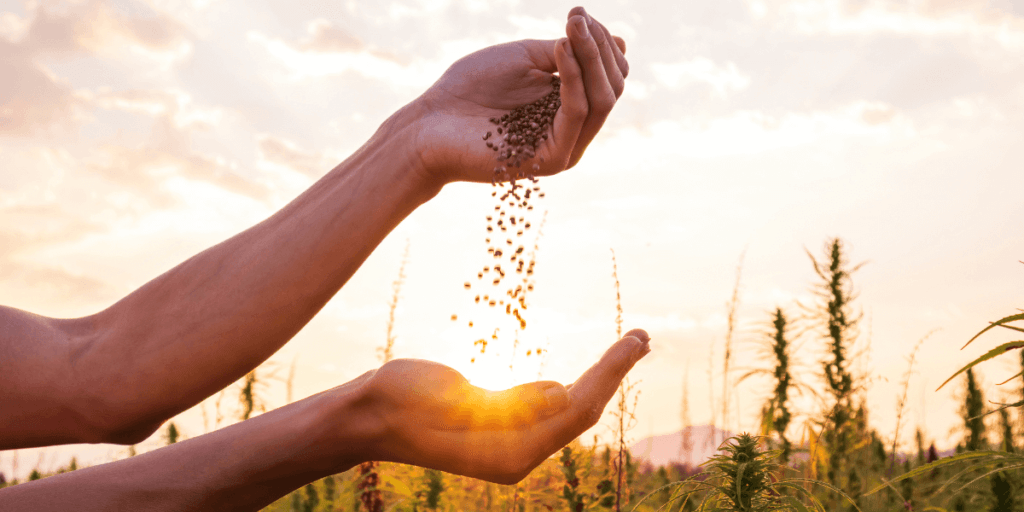
What Was Hemp Used For?
Historically, Hemp was used for clothing, paper, rope, and even food. Some of its purposes were:
- In ancient Egypt, Hemp was used to making paper and fabric.
- In China, it was used to make clothing and paper.
- In India, it was used to make ropes and fishing nets.
- In ancient Greece, Hemp was used to making sails and ropes for ships.
Hemp is still used for many of these purposes.
The seeds can be eaten, pressed for oil, or ground into flour for baking and cooking.
The stalks get used to making textiles, rope, paper, and building materials.
The leaves can be part of salads and other dishes.
The fibers are utilized to make fabrics and clothing.
Thanks to the plant’s versatile uses, it didn’t stop there.
Because of the hemp plant’s calming and pain-relieving effects, it was also of medicinal use for thousands of years.
Humans have used it to treat various ailments, including skin conditions and digestive problems. In ancient Rome, Hemp was used to treat gout. And in medieval Europe, it was used to treat skin diseases.
After the Smith brothers managed to do an extraction of Cannabis with alcohol and purified & removed other basic compounds with sulfuric acid in 1847, the talk about what Hemp is, started to make noise.
And just before 1900, CBD oil was created for the first time in the US.
But unfortunately, these discoveries marked the start of the end of Hemp in the west.
The Hemp Ban of 1937 in the US
In the early 20th century, around the 1920s and 1930s, Hemp began to be associated with marijuana. It caused Hemp to become banned in many countries.
Hemp got banned in the United States with The Marihuana Tax Act of 1937, which made it illegal to grow Hemp in the United States.
The law passed under the guise that Hemp and marijuana were the same plants, which made it difficult for farmers to grow Hemp. The production was significantly reduced for decades.
However, the plant was still used for industrial purposes such as paper and textiles, but the Hemp got imported from other countries.
This meant that the medicinal uses of Hemp were no longer available for ordinary people. Thus, people forgot about its medicinal & therapeutic benefits.
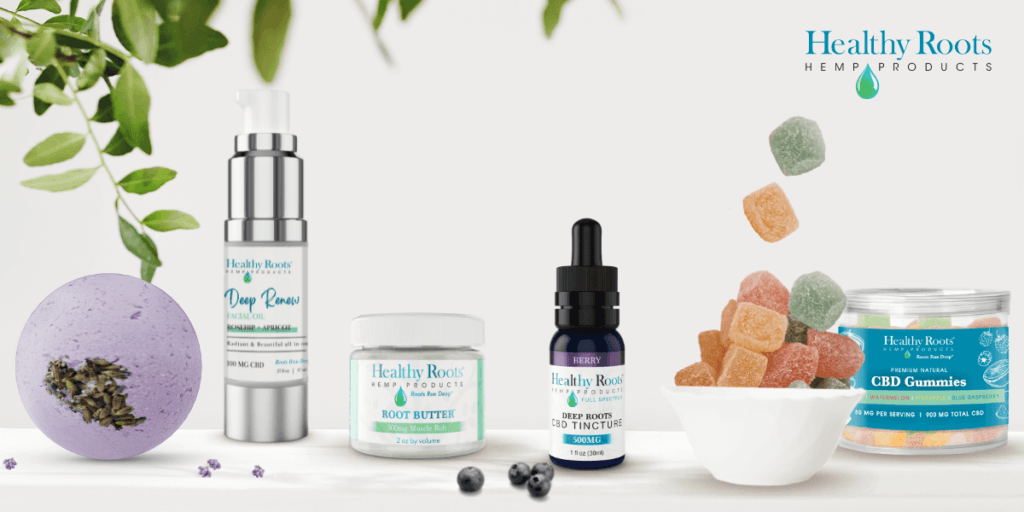
The Rediscovery of Hemp
After the ban, there was little to no research about Hemp. But a few researchers didn’t want to stop. Today, we can thank them for the CBD we enjoy and love.
After Roger Adams isolated CBD in 1940, a few other researchers began looking at CBD. But his work wasn’t fully demonstrated until 1964 when researchers discovered THC.
After this discovery, the race to understand CBD and THC started.
The papers being published about Hemp and Cannabis reached their peak in 1975. But after the government started ramping up its war on drugs, the research went silent again.
Some of the key findings from this period include:
- Researchers discovered that CBD had anti-inflammatory properties and could potentially treat aches and other inflammatory conditions.
- Researchers found that CBD could possibly treat conditions and other disorders.
- Studies revealed that CBD could have anti-stress effects, which could help treat conditions like post-traumatic stress issues.
- Researchers discovered that CBD may have neuroprotective properties.
It wasn’t until 2003 that published papers about Hemp & Cannabis, and their Cannabinoids reached their former peak. And by that time, the rise had started again. And since then, we discover new Cannabinoids every year.
The Rise of Hemp
In 1999, North Dakota passed a state law allowing for the cultivation of industrial Hemp as part of a research program.
This made North Dakota the first state to legalize hemp cultivation since the federal ban on the crop in 1937. Then Hawaii followed in 2000.
And in 2013, Kentucky became the first state to pass legislation allowing for industrial hemp cultivation. But it wasn’t until the federal government lifted the ban on hemp cultivation in 2014 it became legal.
But even though these states had legalized hemp cultivation for some, it was still illegal for most under federal law until the passage of the 2018 Farm Bill.
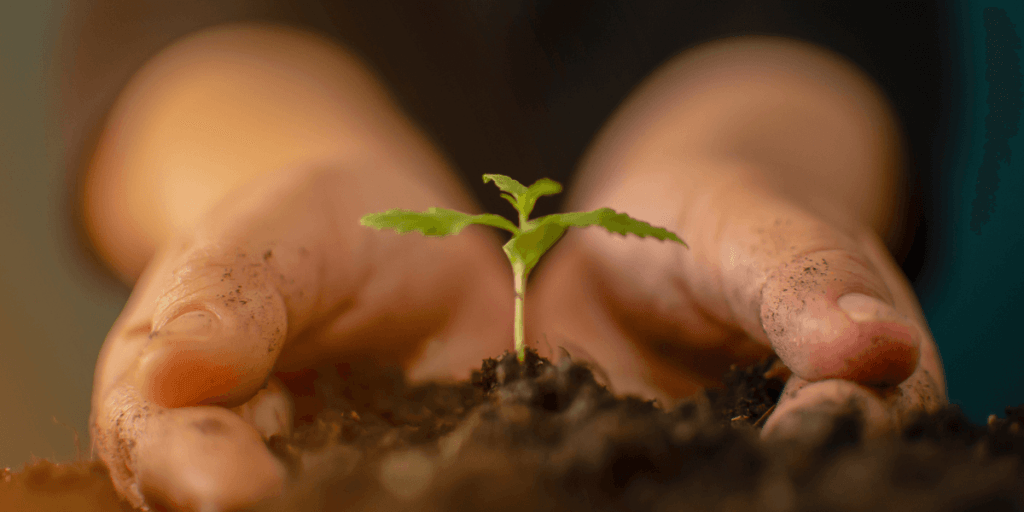
Hemp Between 2014 and 2018
Before 2018, Hemp was primarily used in government programs for industrial purposes, such as in producing paper, textiles, and building materials.
The US Department of Agriculture (USDA) also funded research on the cultivation and uses of Hemp. The Farm Bill of 2014 allowed states to establish pilot programs for researching and cultivating industrial Hemp. However, it was still classified as a controlled substance under federal law and thus heavily regulated.
The primary government program was the Industrial Hemp Research Pilot Program, also known as Section 7606 of the Agricultural Act of 2014, established by the Farm Bill of 2014.
This program allowed states to submit plans to grow industrial Hemp for research purposes and authorized the cultivation of Hemp by institutions of higher education and state agriculture departments.
The program studied Hemp’s growth, cultivation, and marketing as an industrial crop.
The Legalization of Hemp
The 2018 Farm Bill removed Hemp from the list of controlled substances and made it a legal agricultural commodity. This allowed for the cultivation, processing, and sale of hemp and hemp-derived products, including CBD oil.
Since then, CBD has become a popular supplement available in various forms, such as tinctures, bath bombs, edibles, topicals, and pet treats. It may treat multiple conditions, including anxiety, pain, and insomnia.
Today, Hemp is once again being cultivated for its many uses, including CBD. It is a versatile plant with a long and fascinating history. And the areas of hemp usage are exploding.
Today, Hemp is used in producing biofuels, bioplastics, and animal feed. To make dietary supplements, oils, creams, and lotions in the health and wellness industry. Hemp is also becoming increasingly popular in the textile industry, as its fibers are strong, durable, and eco-friendly.
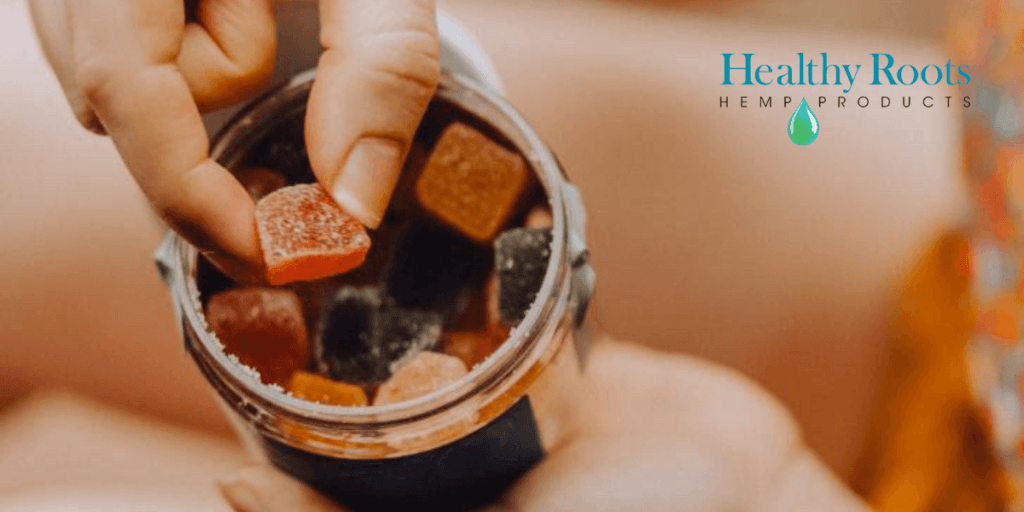
Summary / TLDR;
Hemp is a versatile plant used for centuries for various purposes. Some of the most common uses for Hemp include:
- Food: The seeds of the hemp plant are high in protein, omega-3 and omega-6 fatty acids, and other essential minerals and vitamins A, B, D, and E. They can be eaten raw, ground into a powder, or used to make hemp milk, hemp oil, and other food products.
- Fiber: The stalks of the hemp plant are rich in fibers, which can be used to make various products, including paper, textiles, and rope.
- Fuel: The hemp plant seeds can be used to make biofuel, a cleaner and more sustainable alternative to fossil fuels.
- Medicine: Hemp-derived cannabidiol (CBD) has been found to have several potential therapeutic uses, such as reducing anxiety, improving sleep, and reducing inflammation.
- Building Materials: Hemp can be used as a sustainable building material, like insulation, composites, and other construction materials.
- Personal Care: Hemp oil is used in many products like soaps, lotions, and shampoos due to its moisturizing properties.
These are a few examples of the uses of Hemp. It’s a sustainable crop that grows fast and requires minimal inputs. It grows in a variety of climates and soil conditions. It’s also a strong and durable plant that can be used for many different purposes.
Because of its fast-growing qualities, the hemp plant could help solve deforestation. Manufacturers could use Hemp as an alternative to wood products from trees, such as paper.
And we at Healthy Roots use it to make the best Full Spectrum and Isolate CBD on the market. Which also happens to be patent protected. Fully transparent with test results and batch tracing available for every product.
Find our Best-Selling CBD Products below
-
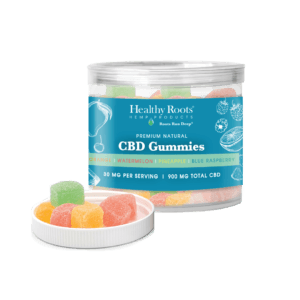 Premium Natural CBD Gummies 900 MG$30.00 — or Original price was: $30.00.$25.50Current price is: $25.50. / month
Premium Natural CBD Gummies 900 MG$30.00 — or Original price was: $30.00.$25.50Current price is: $25.50. / month -
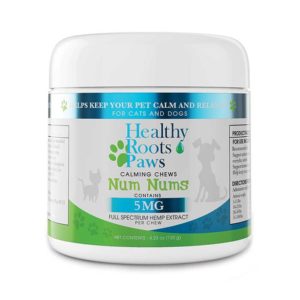 CBD Pet Calming Chews Num Nums 300mg$30.00 — or subscribe to save 15%
CBD Pet Calming Chews Num Nums 300mg$30.00 — or subscribe to save 15% -
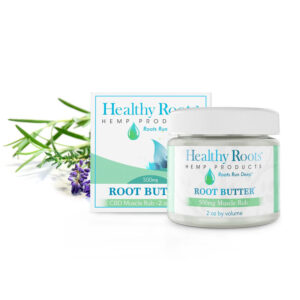 Root Butter® CBD Muscle Rub – 500 MG$44.00 — or subscribe to save 15%
Root Butter® CBD Muscle Rub – 500 MG$44.00 — or subscribe to save 15% -
 Root Butter® CBD Muscle Rub – 2000 MG$90.00 — or subscribe to save 15%
Root Butter® CBD Muscle Rub – 2000 MG$90.00 — or subscribe to save 15% -
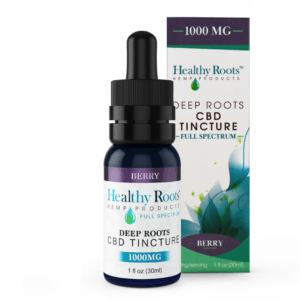 Deep Roots Full Spectrum CBD Tincture Berry 1000 MG$40.00 — or subscribe to save 15%
Deep Roots Full Spectrum CBD Tincture Berry 1000 MG$40.00 — or subscribe to save 15% -
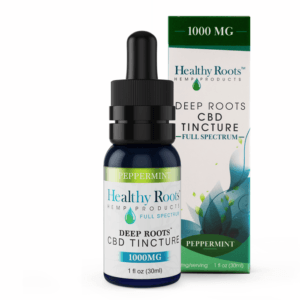 Deep Roots Full Spectrum CBD Tincture Peppermint 1000 MG$40.00 — or subscribe to save 15%
Deep Roots Full Spectrum CBD Tincture Peppermint 1000 MG$40.00 — or subscribe to save 15% -
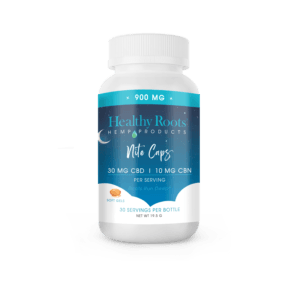 Full-Spectrum Nite Caps + 10 MG CBN$65.00 — or subscribe to save 15%
Full-Spectrum Nite Caps + 10 MG CBN$65.00 — or subscribe to save 15% -
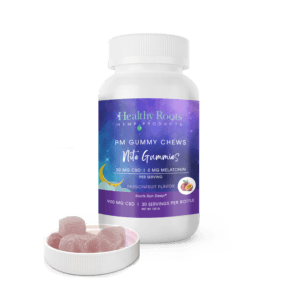 PM Gummy Chews 900 MG$40.00 — or subscribe to save 15%
PM Gummy Chews 900 MG$40.00 — or subscribe to save 15% -
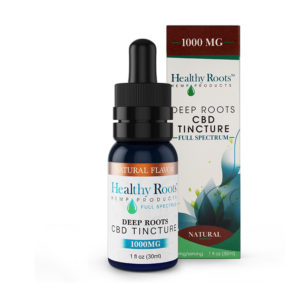 Deep Roots Full Spectrum CBD Tincture Natural 1000 MG$40.00 — or subscribe to save 15%
Deep Roots Full Spectrum CBD Tincture Natural 1000 MG$40.00 — or subscribe to save 15%

